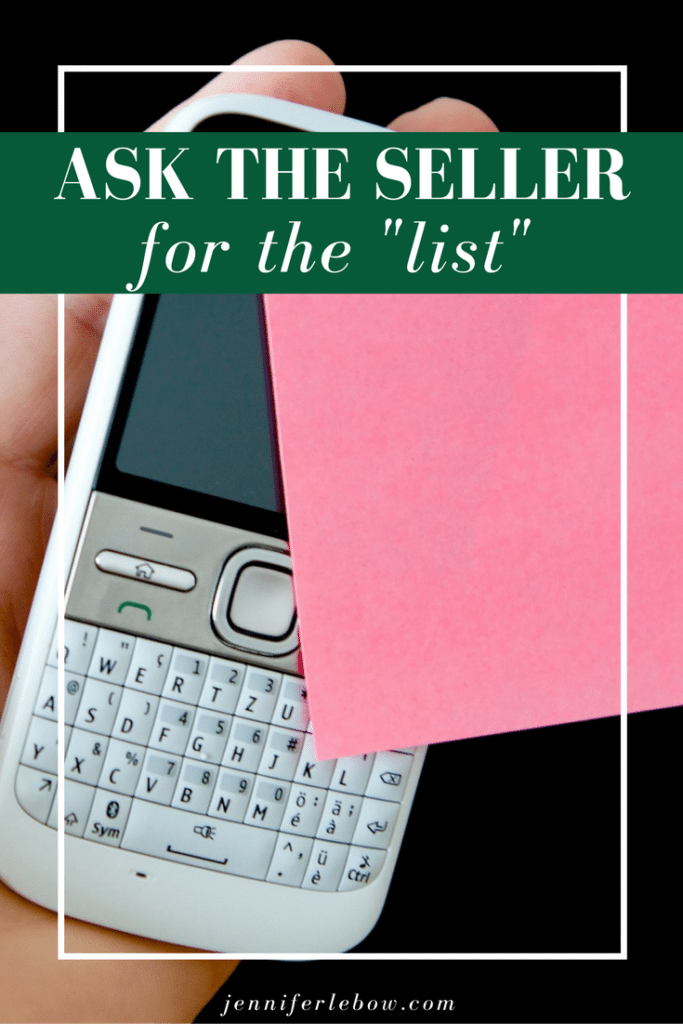
Jen LeBow’s Gazpacho
Using a food processor, lightly puree and put into large bowl:
1 ½ medium cucumbers
2 red peppers
1-2 T onion, depending on taste
2 stalks celery
1 carrot
3 minced garlic cloves
Drain 3 14.5 oz. cans diced tomatos and pour the liquid into the large bowl.
Using a food processor, lightly puree and add to the bowl:
3 cans of drained tomatos
Add to the bowl and mix well:
¼ cup olive oil
3 T good quality balsamic vinegar
¼ cup chopped fresh cilantro
Salt and pepper to taste








